Old Fashioned Typography Drawing How to Book
The 32 all-time graphic pattern books
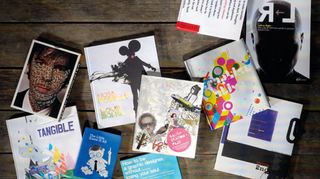
The best graphic design books offer knowledge, tips, anecdotes and inspiration for whatever designer, no matter where they are in their career. They come in many different forms, from books on theory to more practical collections of case studies and monographs. Many provide an entertaining style to acquire from the experience of successful graphic designers. This can assist students but as well those who are already developing their careers. There'due south a huge range of titles on the market, but we've gathered a selection of the best graphic design books bachelor, from timeless classics to mod masterpieces, in ane handy list.
The titles nosotros've picked are all must-reads written by experts in the field. They offer wide-ranging insights, many of which y'all might not come by elsewhere. To make the list easier to digest, we've divided our top graphic design books into categories, so y'all can bound to each department you're interested in or browse the whole list. Y'all'll also find direct links to retailers' best current prices on each title.
For more essential reading, see our guides to the best branding books and all-time art books. And if you notice inspiration and want to update your graphic pattern toolkit, see our guide to the best graphic blueprint tools.
The best graphic blueprint books
Logo and branding books
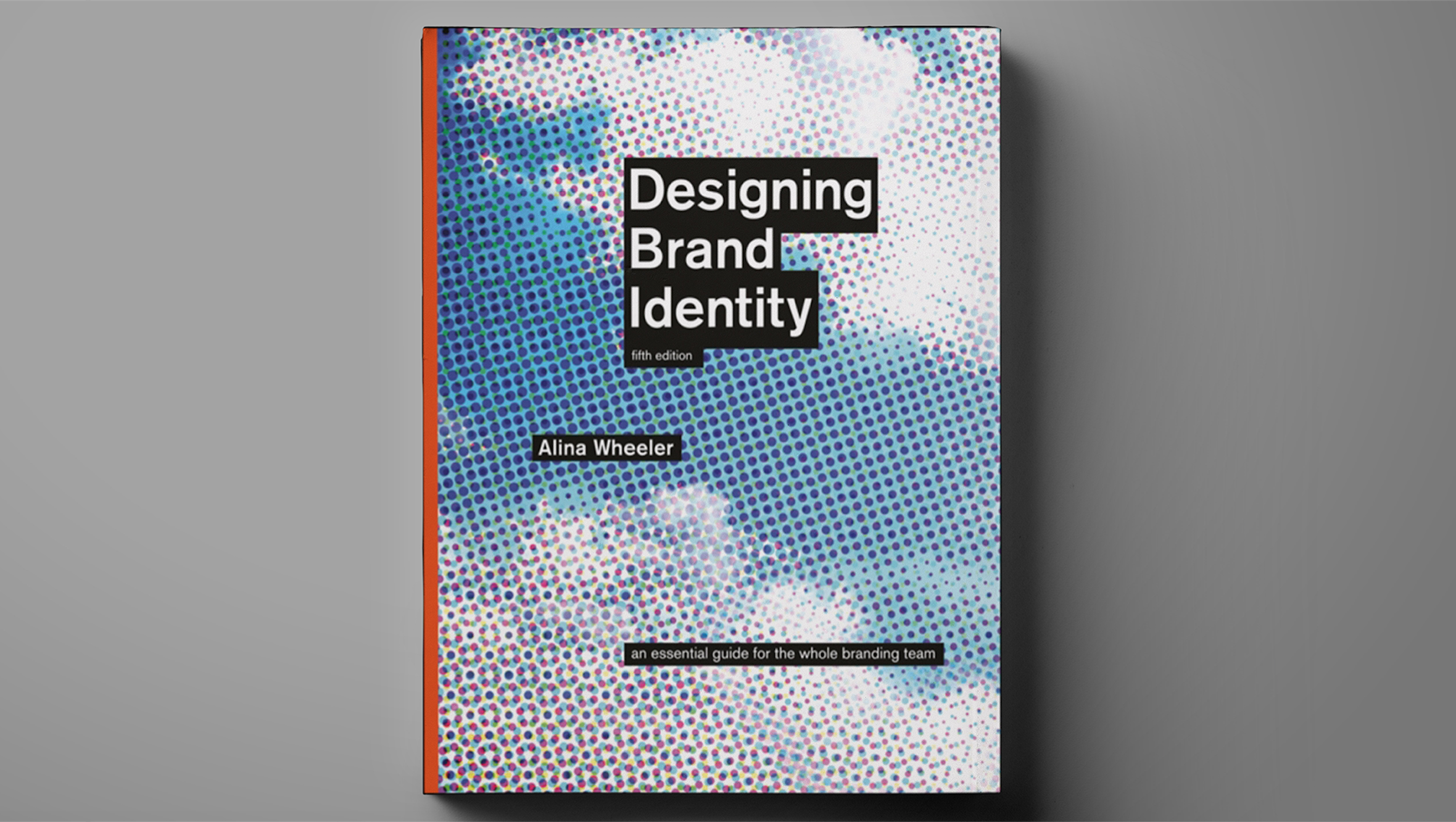
Alina Wheeler's acknowledged guide to branding is both a design archetype, and relevant to a modern audience (information technology'south been updated five times). And it's quite brilliantly put together. In the words of design guru Paula Scher: "Alina Wheeler explains better than anyone else what identity pattern is and how it functions."
The book is split into three sections: brand fundamentals, process basics and case studies. Information technology provides in-depth guidance for both designers and entire branding teams, walking you lot through a universal five-stage process for make development and implementation.
This latest version includes expanded coverage of social media cross channel synergy, crowdsourcing, SEO, feel branding, mobile devices, wayfinding and placemaking. There's as well a foreword from Design Matters podcast host Debbie Millman.
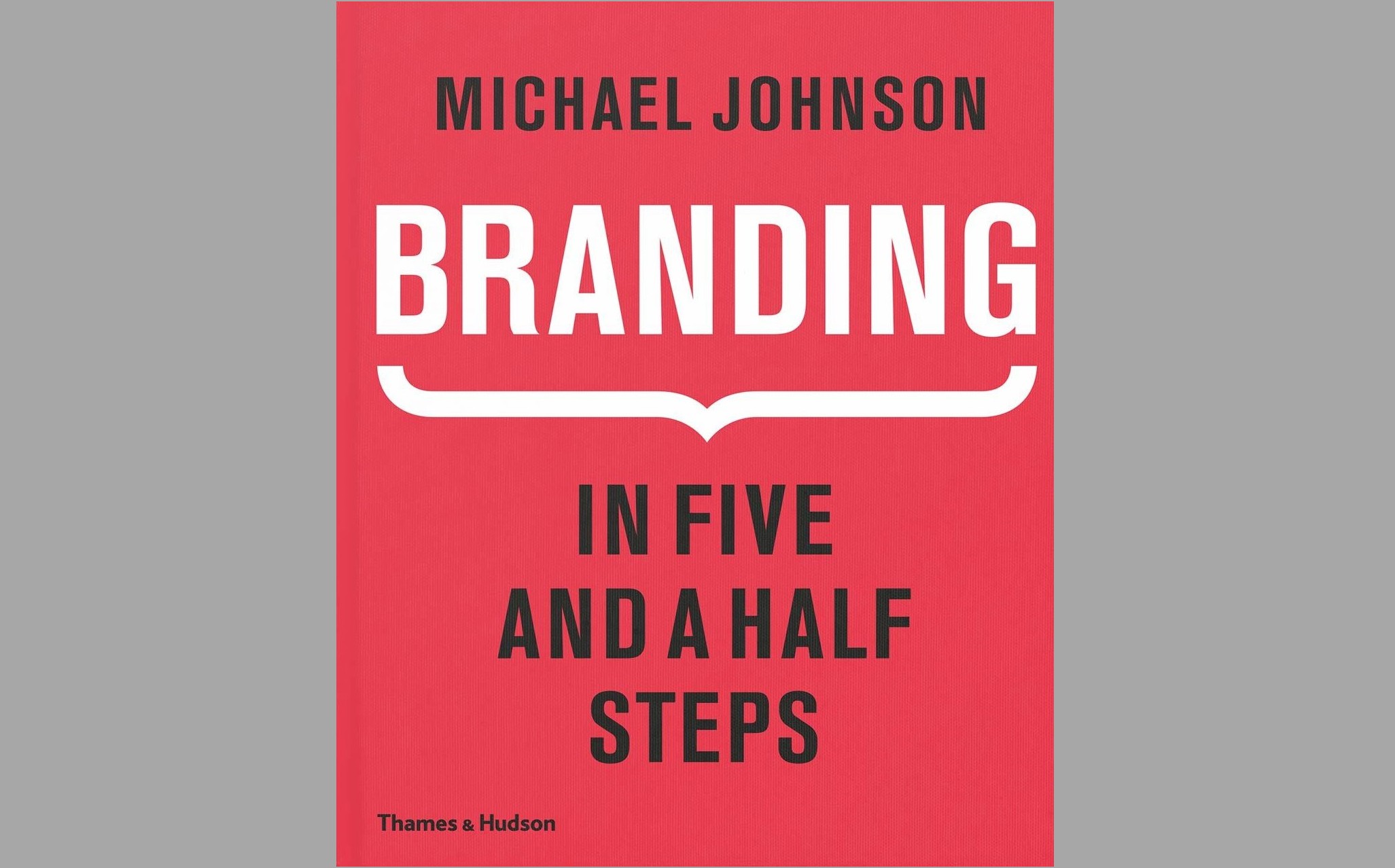
Anyone thinking of working in branding, or already doing it, should read this volume. Famed British designer Michael Johnson divides the branding process into five central steps: investigation, strategy and narrative, design, implementation and engagement. But he doesn't oversimplify: indeed, he acknowledges the non-linear nature of branding with a crucial half step, which marks the fluid relationship between strategy and design.
A no-nonsense, half dozen-question model structures the start half; the 2nd part analyses the design process, using over 1,000 brand identities around the world every bit examples. This thoughtful read will give everyone from novices to veterans a lot to reflect on about how they approach their do.
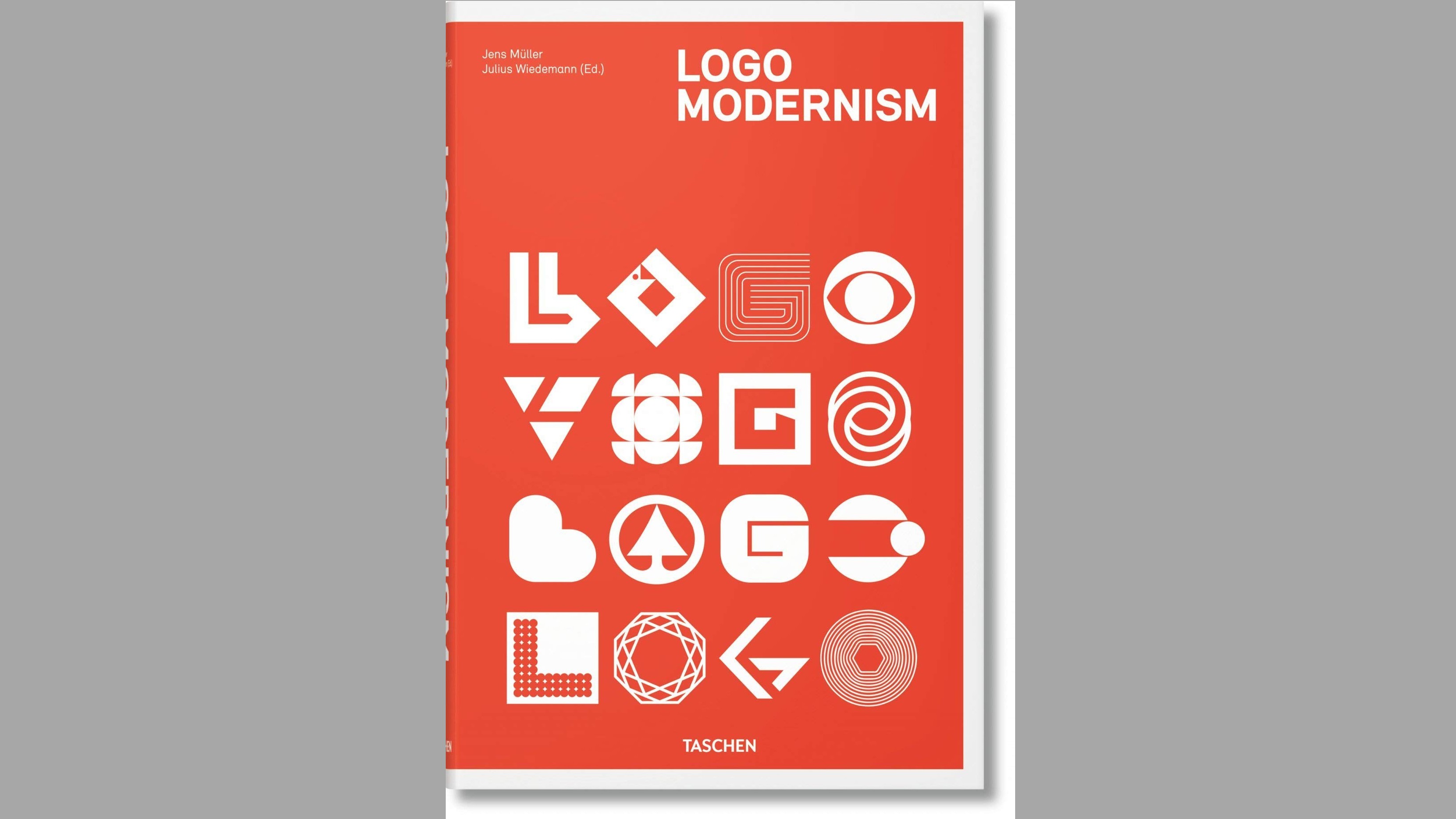
This book is less of a fireside read and more of a reference book, but no less compelling for that. Bringing together around 6,000 trademarks, Jens Müller examines the distillation of modernism in graphic design and how these attitudes and imperatives gave birth to corporate identity. These inspirational designs are organised into 3 chapters – geometric, outcome and typographic – and provide a comprehensive index to inform your own piece of work. Anyone working in logo design volition go a lot out of this book.
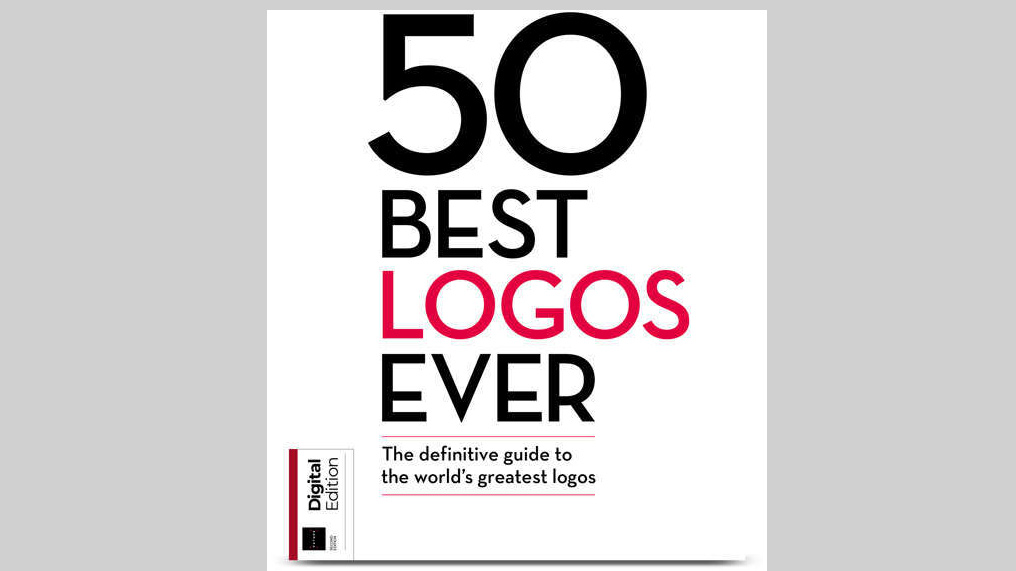
To create dandy piece of work, you need to know the great work that came before yous. In this inspiring book, leading branding and identity design experts come together to bring you lot the definitive list of the l all-time logos always. This groundbreaking book also explains how they were created, bringing together a lot of useful and inspiring back stories in bite-size pieces. Find out if your favourite logo makes the cut, and how it came virtually in the get-go place.
Typography books
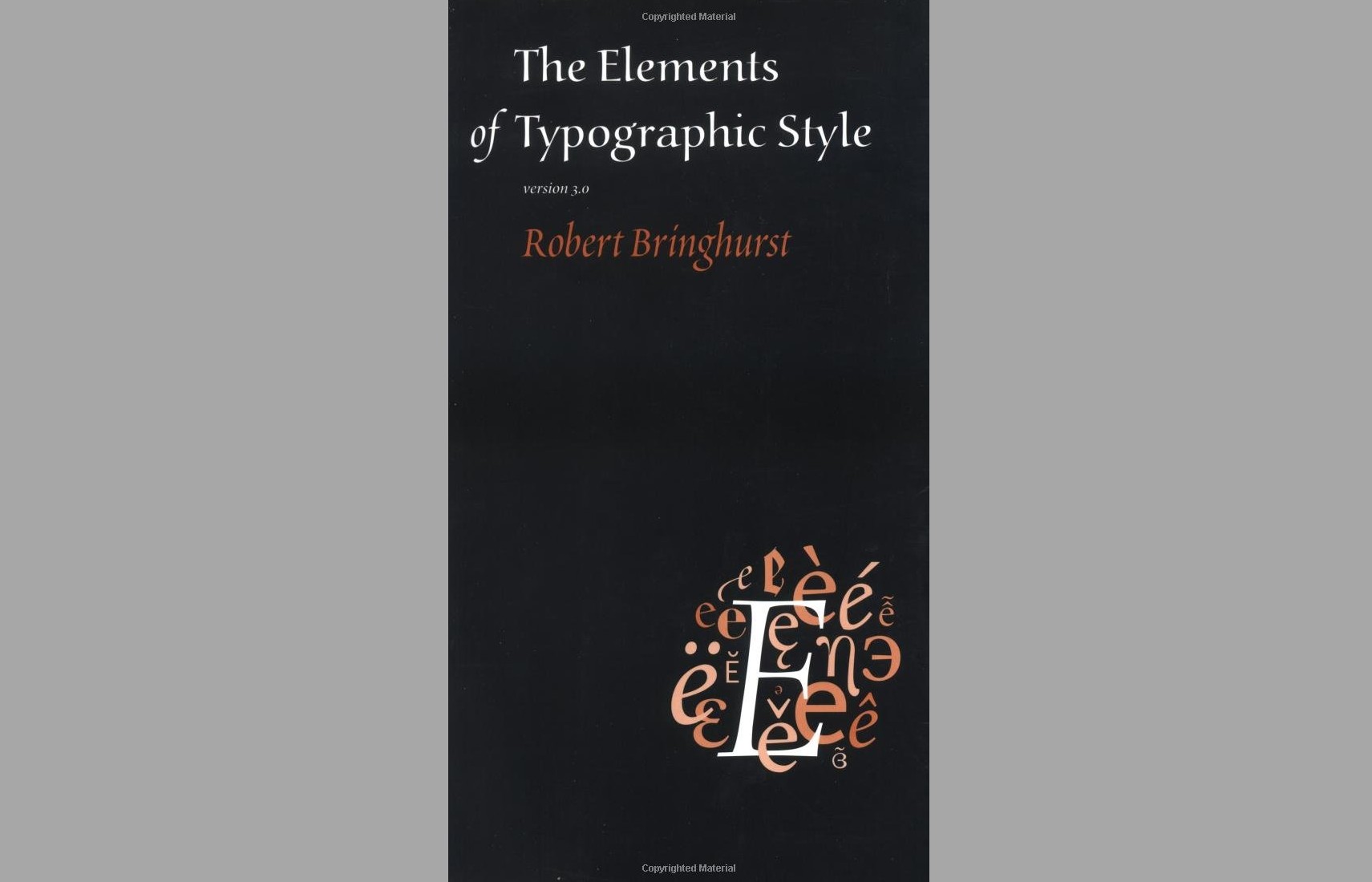
Starting time published in 1992, this history and guide to typography from typographer Robert Bringhurst is a pattern industry classic. Leading typographers Jonathan Hoefler and Tobias Frere-Jones call information technology "the finest volume always written near typography", and the moment y'all open its pages, it's obvious why.
This is not merely a beautifully written transmission combining applied, theoretical and historical information. Information technology also goes deeper, and shares a thoughtful philosophy and agreement of typography. But it'due south non heavy going. Indeed, the appendix of the Latin alphabet and its characters is a smashing slice of eye-candy all designers will adore. Plus if you reference this volume smartly in the company of other creatives, you'll probably be taken that little flake more seriously.
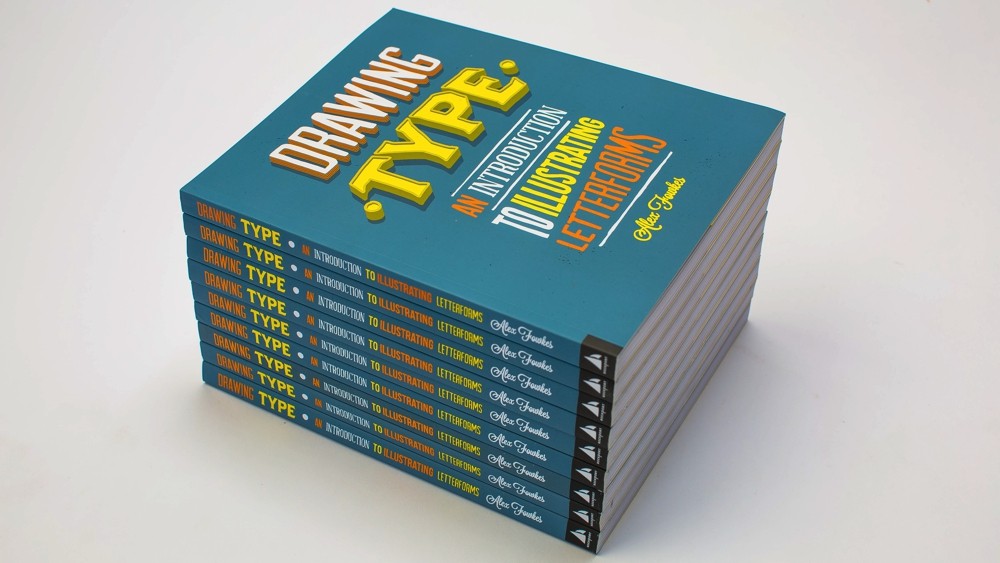
Creating your own type designs is a keen way to understand typography in full general. And whether you're doing this as a fun side project or ultimately want to earn some serious money as a type designer, this book by Alex Fowkes will aid become you started.
Part inspiration and function workbook, it features a ton of existent-globe projects and sketchbooks of well-known blazon designers, including interviews about their processes. Note, though, this isn't a direct 'how to' guide: more of a mixture of insight and inspiration.
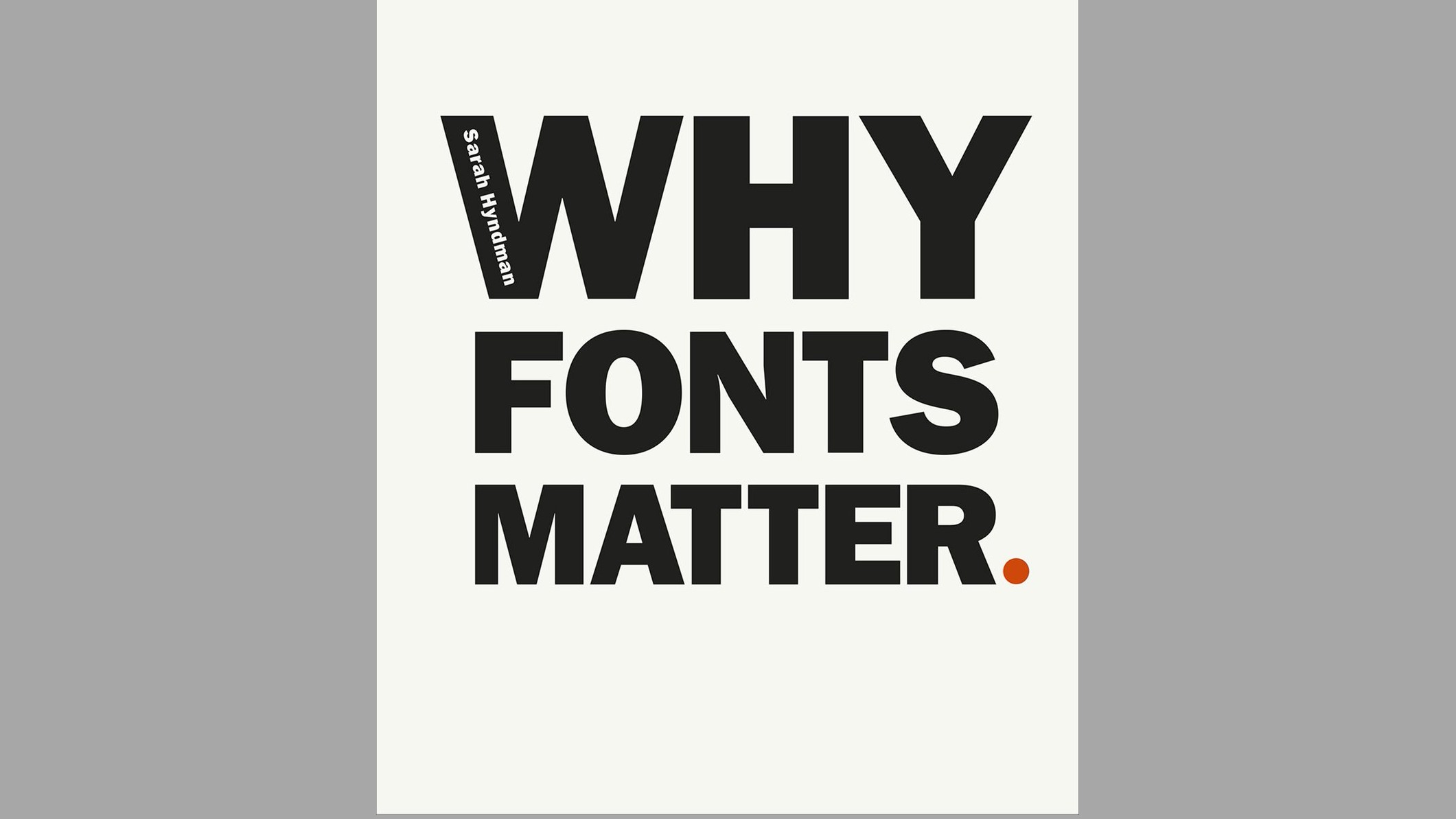
Type pick isn't random, but at that place are so many fonts to choose from, where do start? If you're finding it a challenge, this book by graphic designer and typographer Sarah Hyndman can help. Information technology explores the science behind font design, and uncovers why dissimilar styles provoke different reactions in people. Apparently, fonts have the ability to alter the gustation of your food. As you lot might guess, you won't notice these kinds of insights elsewhere!
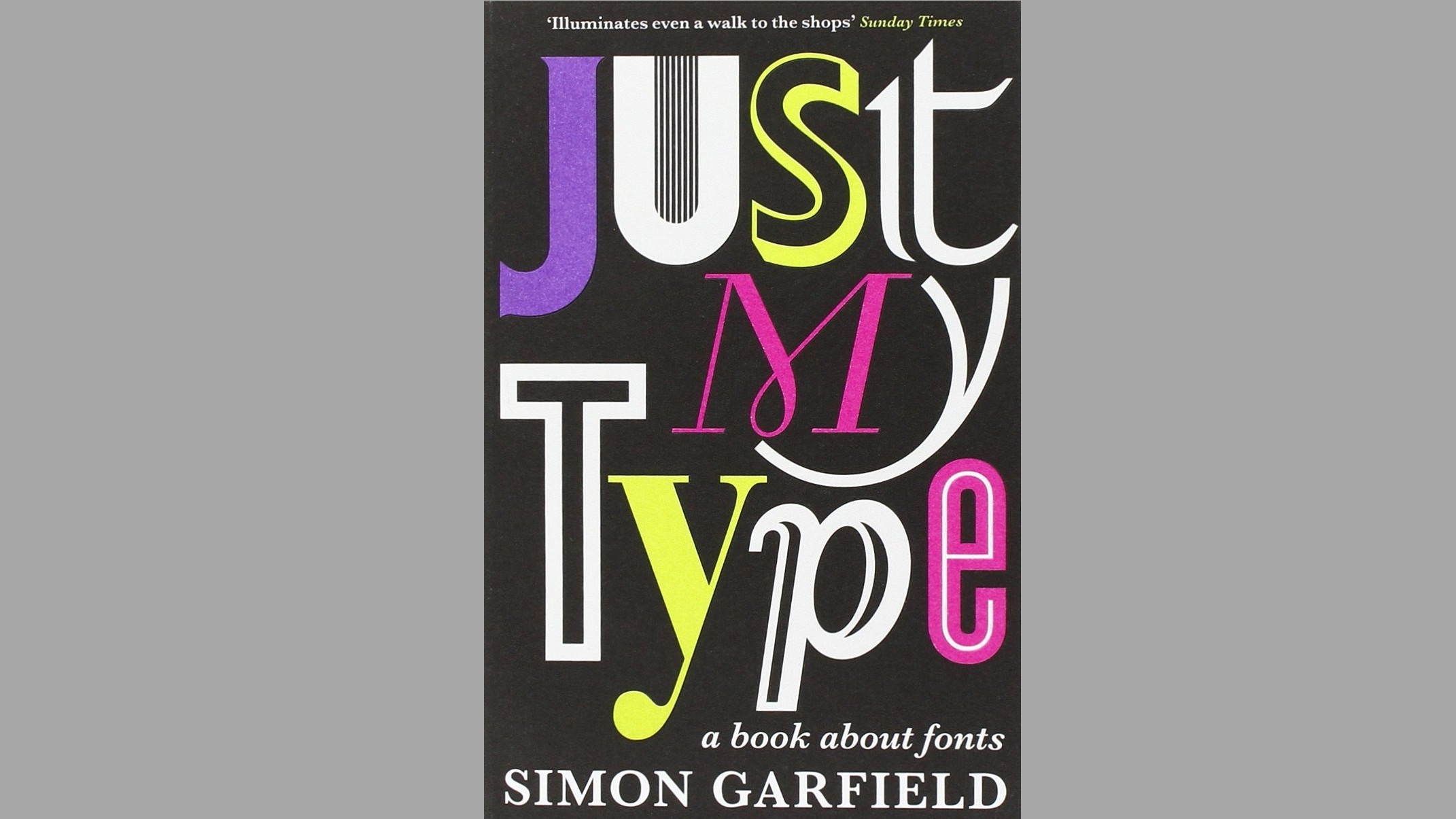
The right font pick can make or interruption a design. But to understand why sure typefaces resonate with people, you need to understand their history. And that'due south exactly the subject Simon Garfield's volume Just My Type explores. Even if you recall you already know it all, this fantastic book volition teach you new things nearly why the greatest fonts work and so well, and requite you a fresh new perspective on type design.
How to be a graphic designer
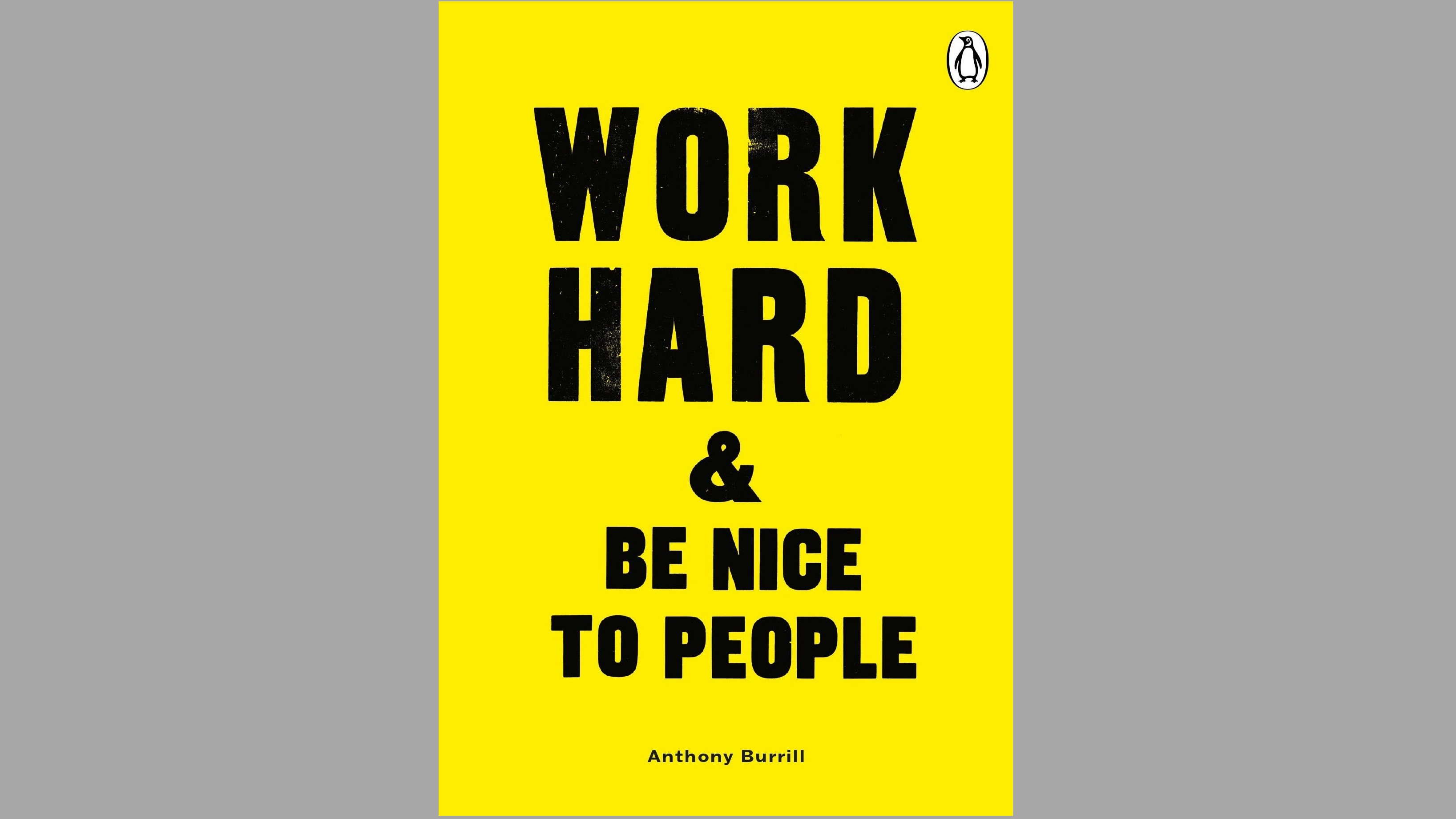
You've seen his globe-famous prints, now read his book. Anthony Burrill's Work Hard & Be Dainty to People is short, sharp and beautifully curtailed. Cutting all the fat from the message, his lack of pretension and full heart make this an enthralling read.
The book is basically an inspiring account of what Burrill values in creatives. A re-worked version of his previous volume Brand information technology At present, with added material, this book will help you get the all-time out of your design practice, without selling your soul, or indeed, being horrible to people along the way.
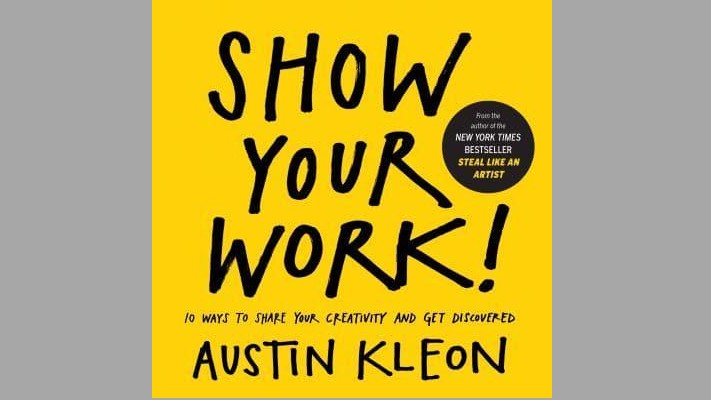
Even the most talented designers won't go anywhere if no one sees their piece of work. From the writer of the bestselling Steal Similar an Artist, this volume show y'all how to solve that question, by reaching your audience and edifice a name for yourself.
Motion designer and 3D illustrator Hashmukh Kerai is amongst this book'due south fans. "I experience most creative people are too precious with their work, leaving you feeling vulnerable when it's finally gear up to be shared," he says. "Show Your Work! helped me outset posting work on social media, allowing for feedback, and moving on to the next project."
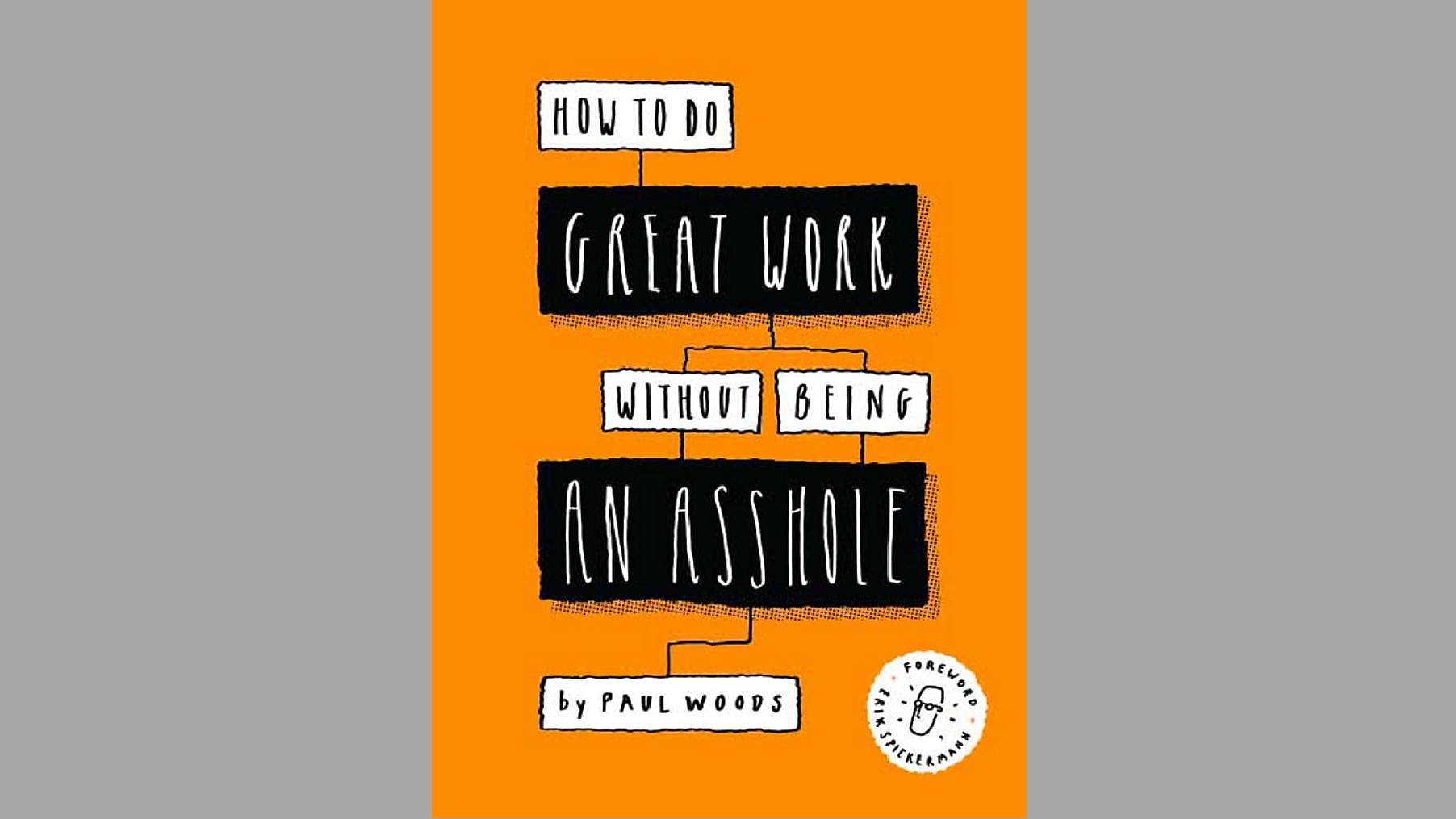
At university you lot larn a lot of design theory, but not and then much about how things work in the real world. This volume explains how to navigating agency life in a highly agreeable and irreverent manner. But it's too practical. Its infographics and flow diagrams bring creative processes like pitching and giving feedback to visual life, and its short, sharp capacity make everything clear and easy to follow.
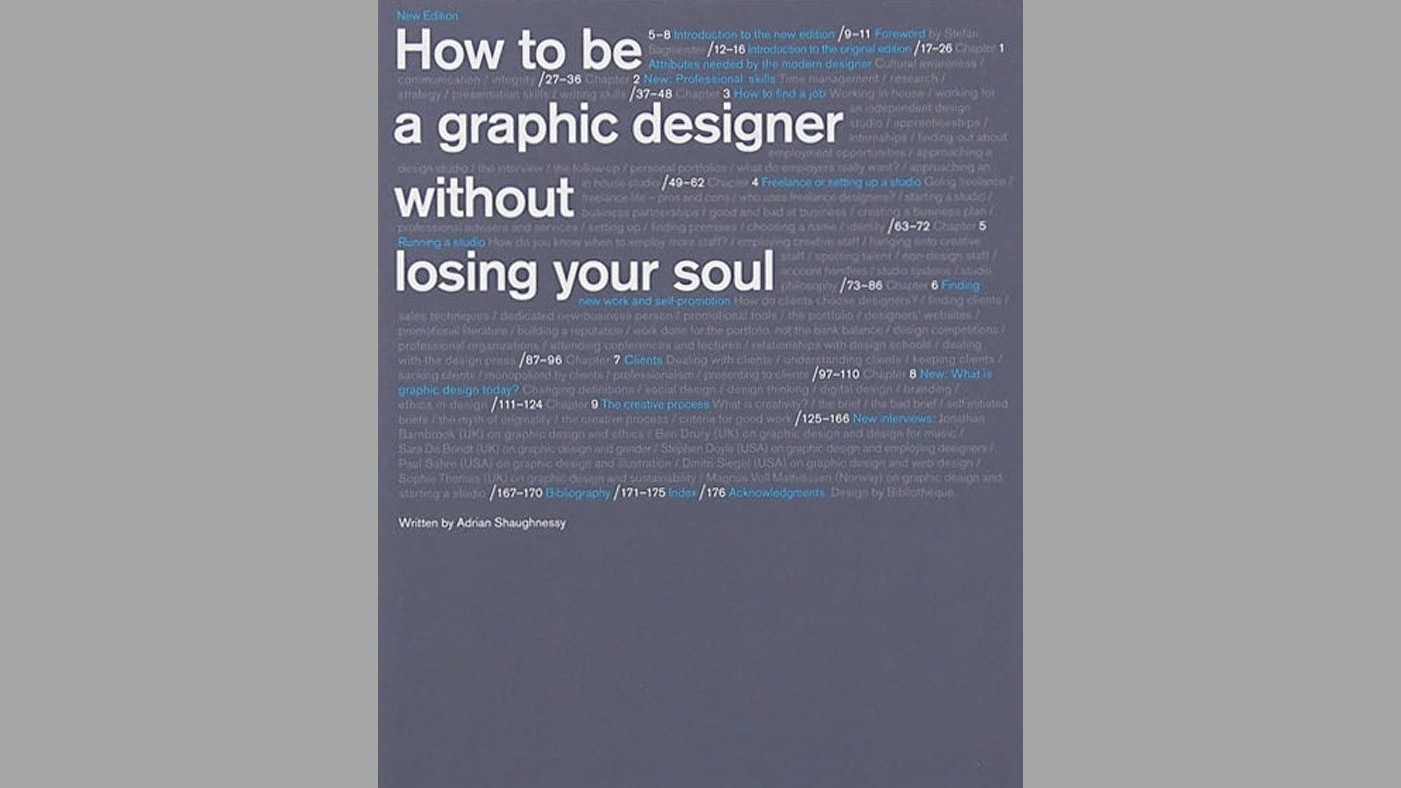
Hither's a keen business concern book that doesn't read like a typical business concern book. Full of honesty and plainly speaking, and low on waffle and jargon, How to Exist a Graphic Designer Without Losing Your Soul is full of sound advice on getting a design chore, setting yourself up equally a freelancer, founding your own company, dealing with clients, pitching and loads more. The author, a well-known designer and industry commentator, calls on such luminaries as Neville Brody, Natalie Hunter, John Warwicker and Andy Cruz to help pull together his ideas.
- Back to superlative
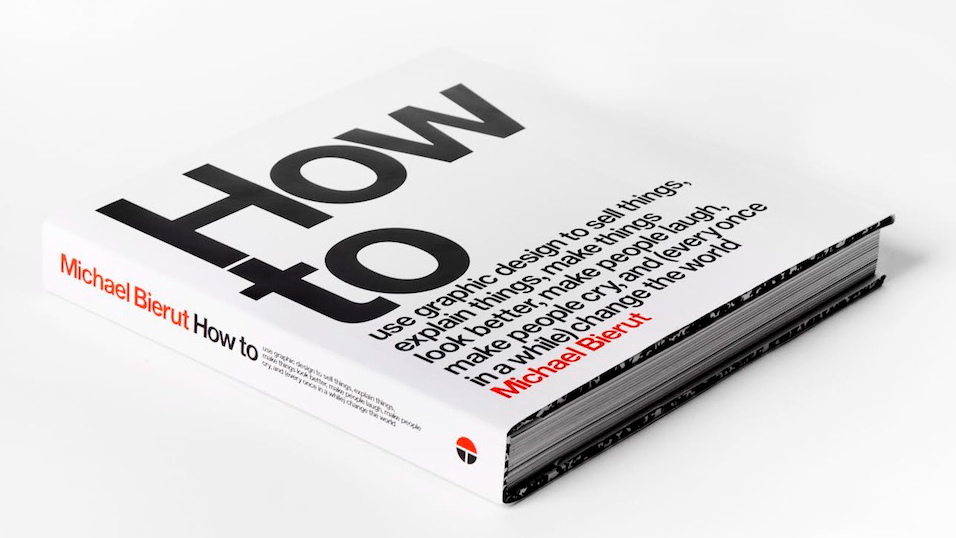
Veteran designer and Pentagram New York partner Michael Bierut released this monograph, which also serves as a transmission and manifesto, in 2015. Detailing 35 projects, Bierut – who's a protégé of design legend Massimo Vignelli – illustrates the varied office that graphic blueprint plays in the modernistic world.
Crude sketches and rejected ideas sit down aslope finished work in this beautiful crafted book. Fully updated for 2021, it's packed with insights into the creative process, making it a valuable resources to new and established designers alike.
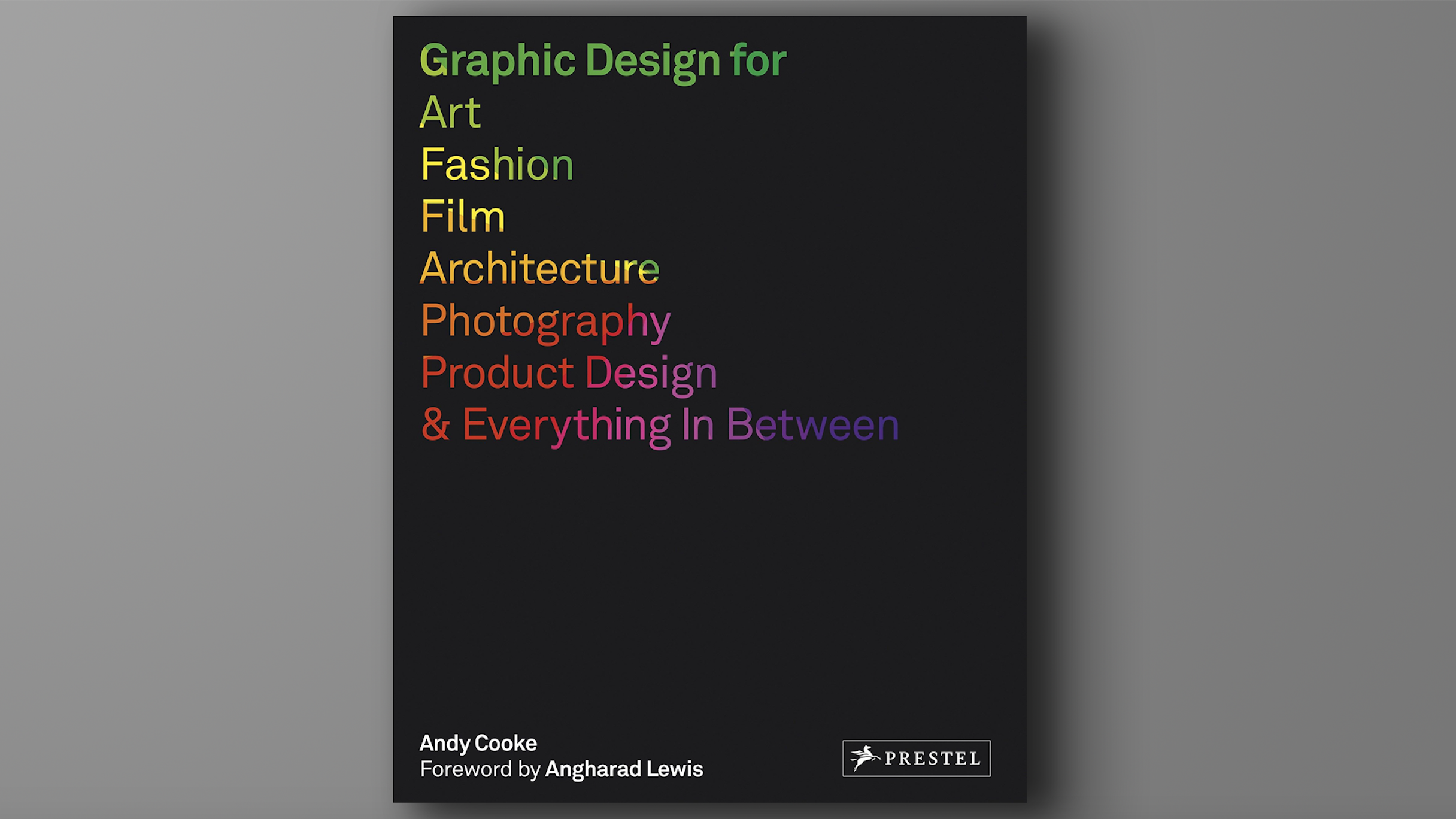
Blueprint theory is all very well, but how do you put it into practice? That's what this book sets out to answer. Information technology features several concrete examples in the grade of branding campaigns by major design studios, including Studio Makgill (for G. F. Smith), Freytag Anderson (for Fraher Architects) and Ico Pattern (for David Rowland).
This is combined with illuminating interviews with many of the creatives involved. And as a designer himself, the author knows all the correct questions to ask. With the emphasis on creative collaboration and developing designs to work on multiple touchpoints, this is an inspiring and informative guide to modernistic pattern.
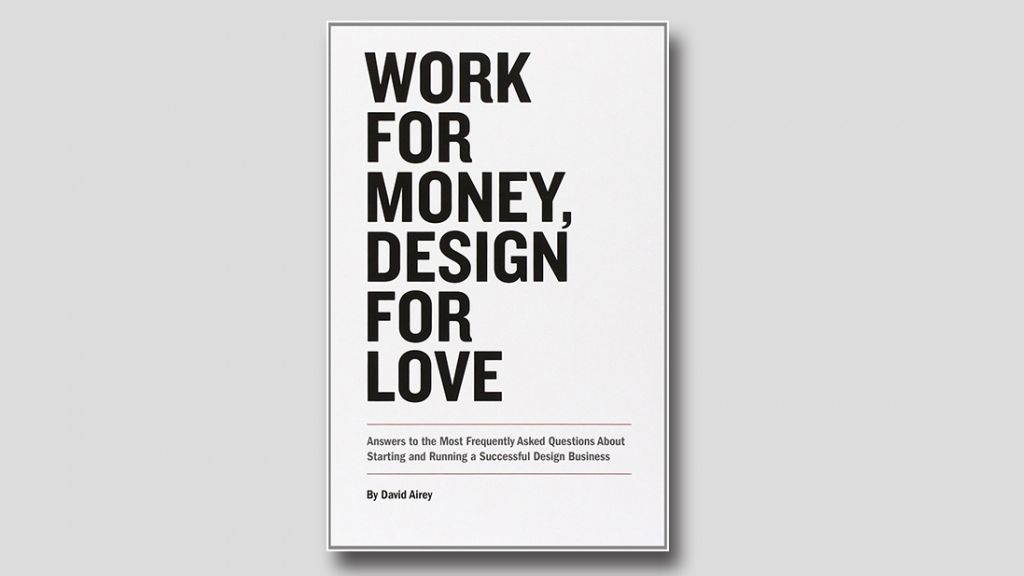
David Airey, writer of Logo Design Love, gets a lot of questions near running your own company. And in this refreshingly, straightforward guide to starting your own blueprint business concern, he answers them. Touching on everything from the mindset needed to exist a designer to taking your showtime steps in business, this is a must-read for anyone thinking of setting out on their own.
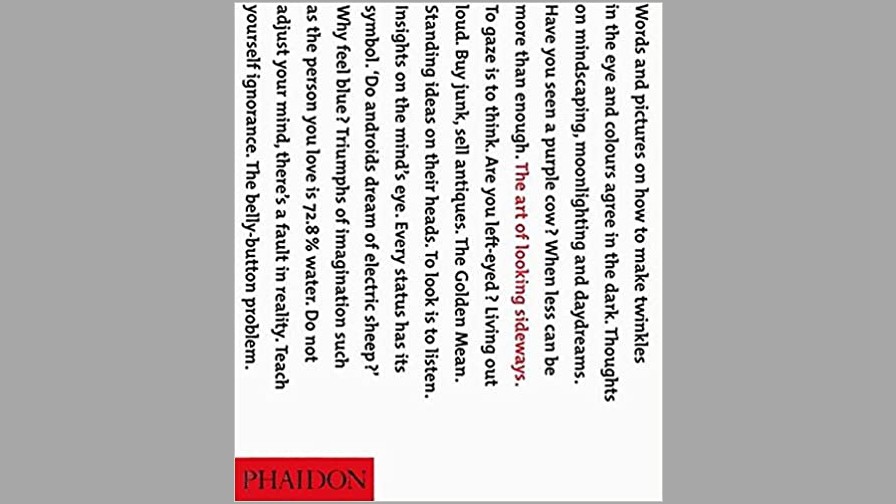
Alan Fletcher, the co-founder of Pentagram, penned various thought-provoking tomes during his graphic design career, merely The Art of Looking Sideways is the all-time known. It questions the way designers think about everything from color to composition. Throughout its 75 chapters, you go anecdotes, quotations, images, curious facts and useless information, oddities, serious science, jokes and memories, all concerned with the interplay between the verbal and the visual, and the limitless resources of the human mind.
Once y'all've digested this seminal text, y'all might also want to requite Picturing and Poeting a become. That championship explores the link betwixt imagery and meaning through a series of visual mind-teasers, games and visual puns, assembled from his personal notebooks and diaries.
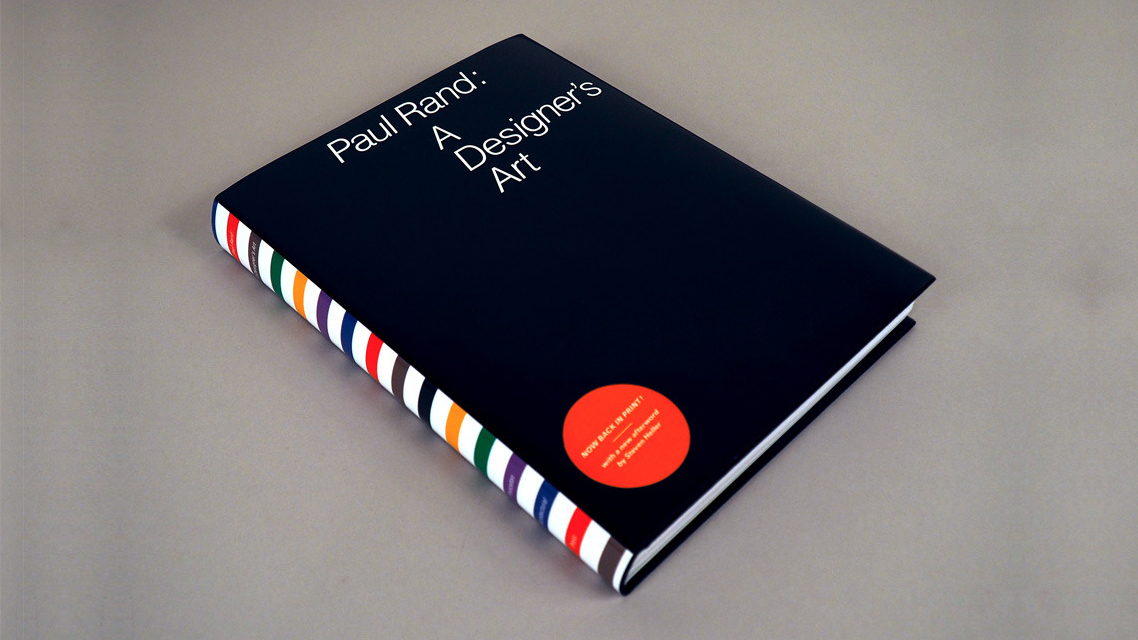
Known equally the godfather of modern branding and i of the about influential American graphic designers of the 20th century, Paul Rand has several books to his proper name. Here'south the best one to start with. A Designer's Art probes deeply into the process of graphic design in general: why it'due south of import; the touch it tin take on social club; what works, what doesn't, and most importantly, why. A book to be read thoroughly, rather than flipped through.
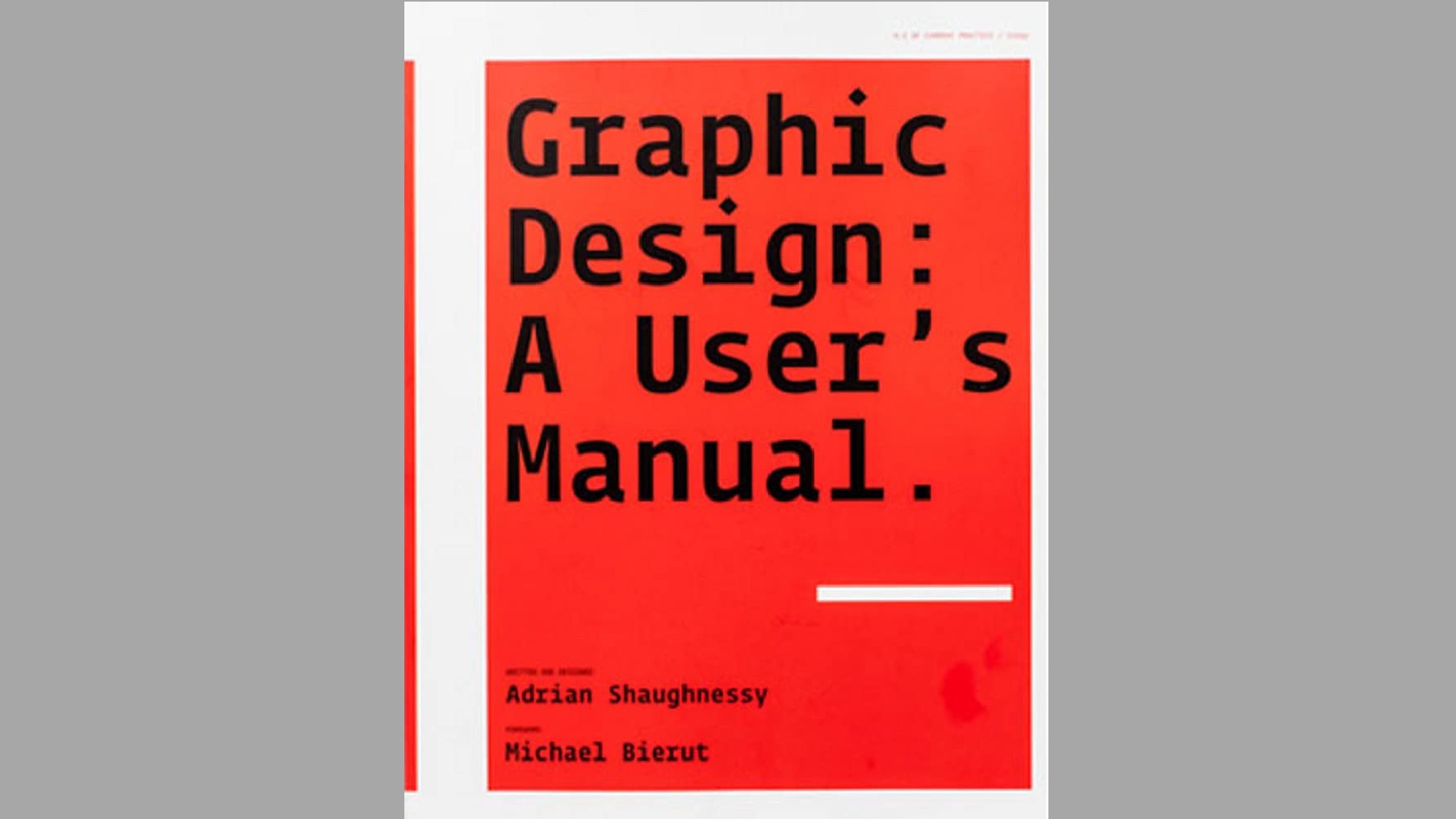
Some other excellent book from Adrian Shaughnessy, this guide covers everything you need to know to survive and prosper in the ever-shifting world of graphic design. Topics include annual reports, budgeting, kerning, presenting, dealing with rejection and more than. An entertaining and invaluable resource, packed with tips on the things you won't have been taught at design school.
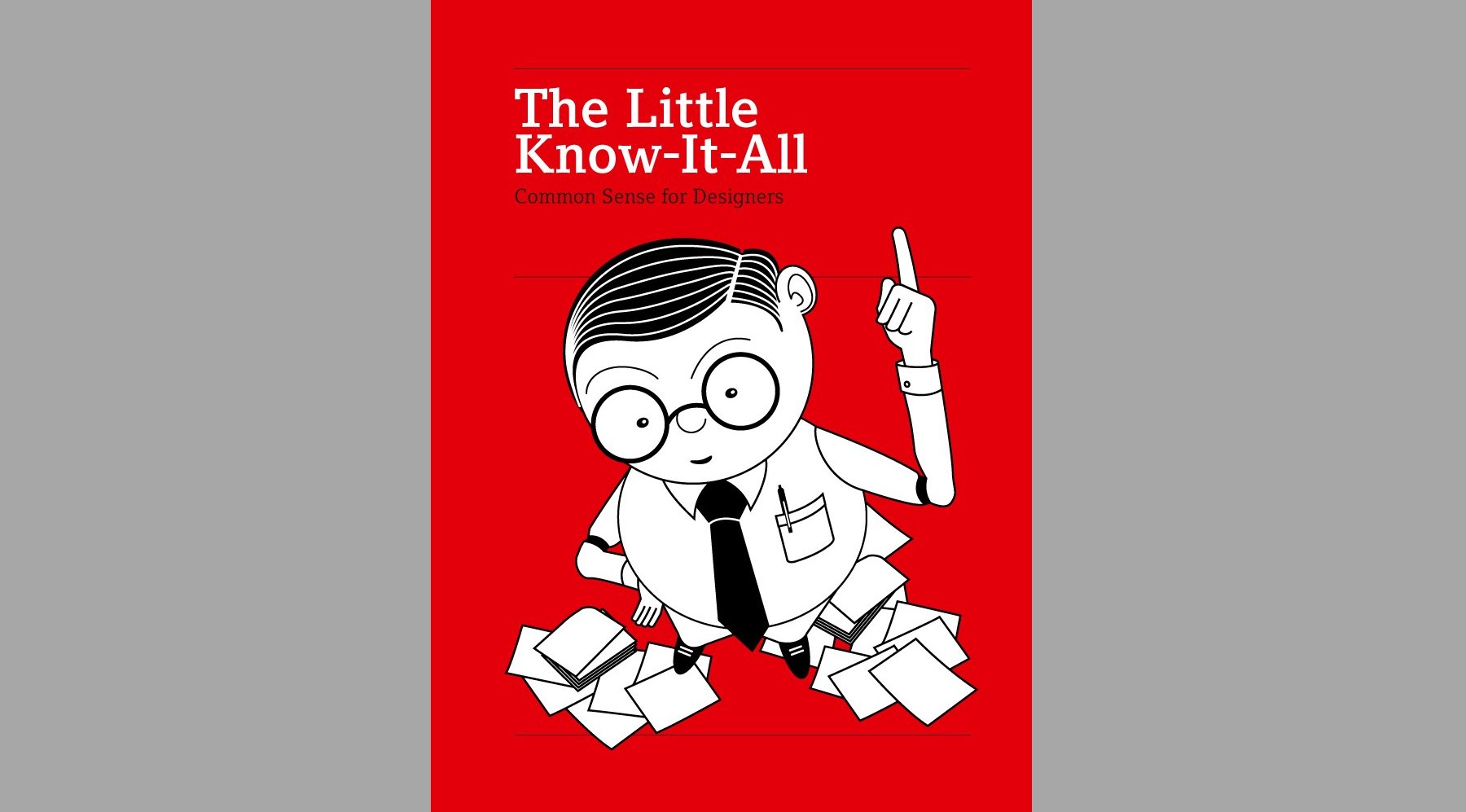
This is a small book, simply don't estimate it past its size: this may be the most useful book yous tin ain equally a designer – if you tin can find a copy because it'south hard to come up by now. It offers advice on everything from light, colour and perspective to law and marketing in succinct, beautifully formed prose. With eight chapters covering Blueprint, Typography, Digital Media, Social Media, Production, Marketing, Police force, and Organisation, the book as well includes definitions of unique vocabulary, written for a global audience. It's the kind of book that yous never terminate reading one time you start; and the kind you'll always refer dorsum to afterwards.
Blueprint theory and history
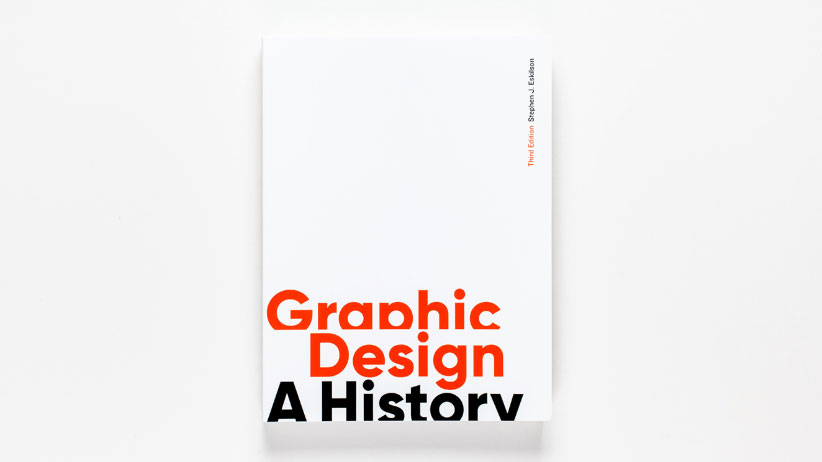
Graphic Blueprint: A History is an informative and engaging history of graphic pattern that'due south been updated for the latest edition. Organised chronologically, the book traces the impact of politics, economics, war, nationalism, colonialism, gender and art on graphic designers working in print and film and with the latest web, multimedia and emerging digital technologies.
Its third edition includes 500 new images, a new chapter on current trends in digital design, and an expanded introduction. This chunky textbook is the sort of thing that should be on every educatee bookshelf and bureau coffee table.
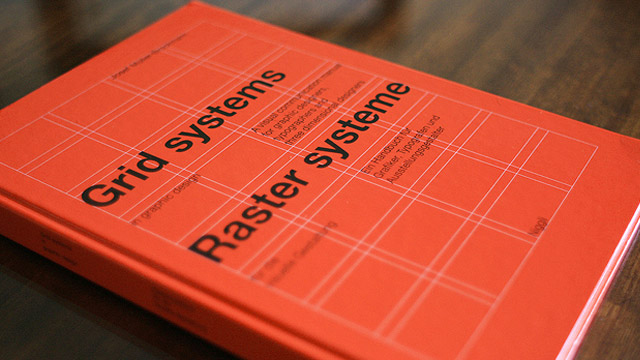
A filigree organisation is an established tool that is used by print and web designers to create well-structured, balanced designs. This book remains the definitive word on using grid systems in graphic pattern. Written by legendary Swiss graphic designer Josef Mülller-Brockmann, this visual communication manual is packed with examples on how to work correctly at a conceptual level. A must-read for any student or practising designer.
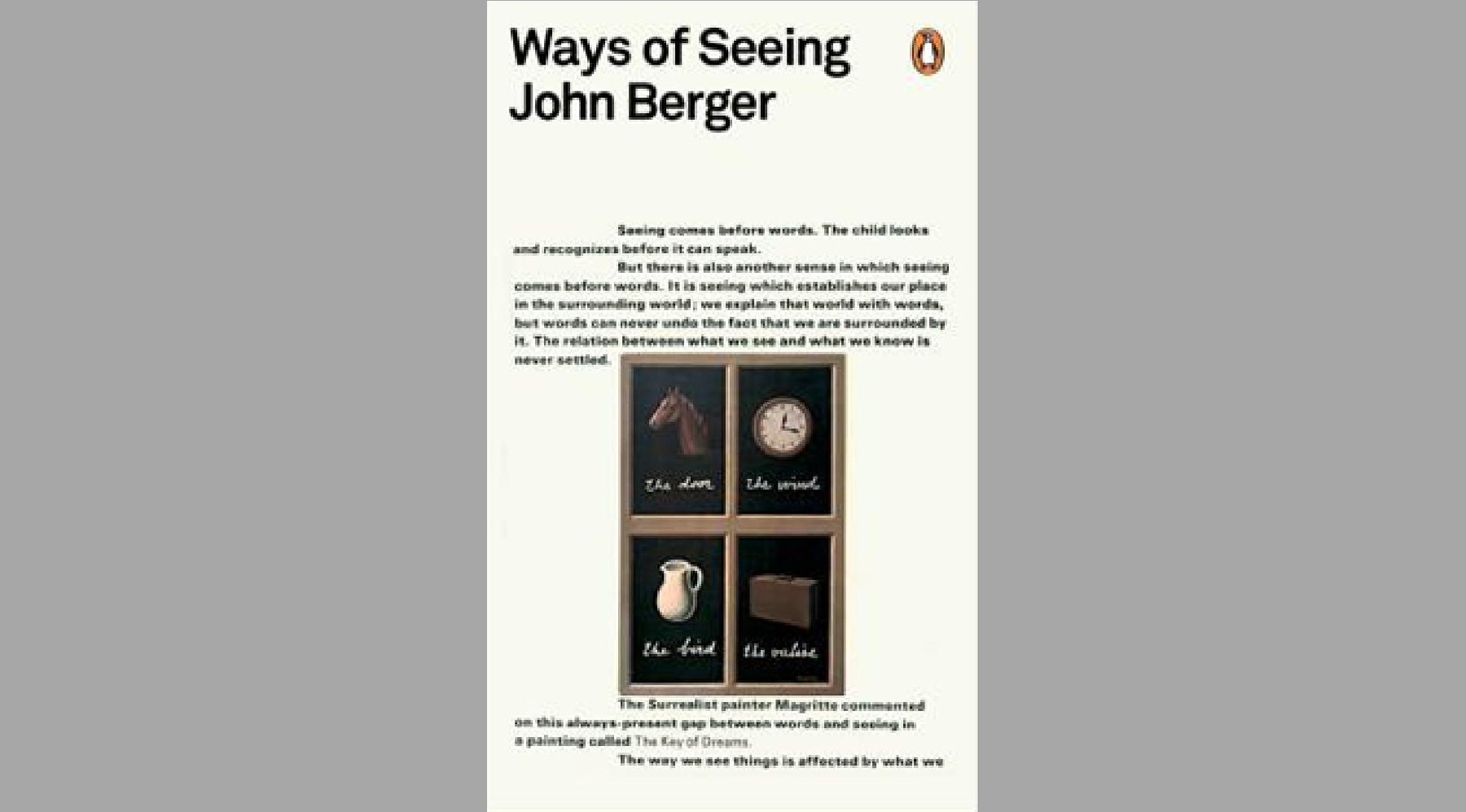
To create successful work that's designed to be seen, you need to understand how people see things. That's where Means of Seeing comes in. Written by art critic and painter John Burger and based on a BBC TV series, this bestseller explores the manner we view art.
Designer Greg Bunbury says the book was responsible for a "pivotal shift" in his pattern studies. "I began to empathise composition and context in every ad I saw," he says. "I recognised the inherent tension that advertising creates, and how to replicate it. Only most importantly, information technology made me want to create meaningful communications: images worth seeing."
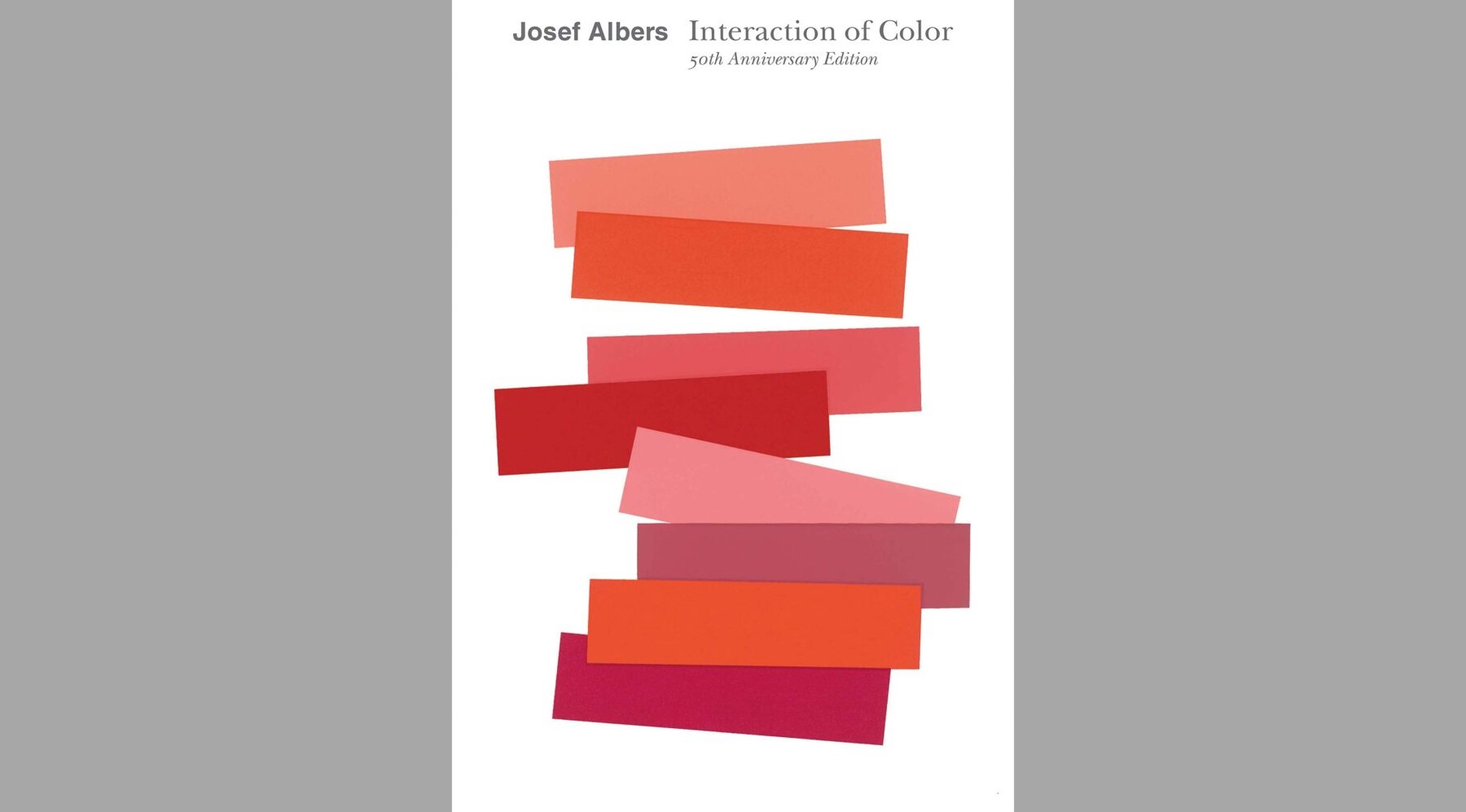
Neville Brody was president of D&Ad and head of Research Studios' global studio network. But it was arguably his 1980s heyday that had the biggest bear upon on contemporary graphic design. Offset published in 1988, this volume explores the thought process backside some of his best-known work, including his genre-defining art management of The Face magazine.
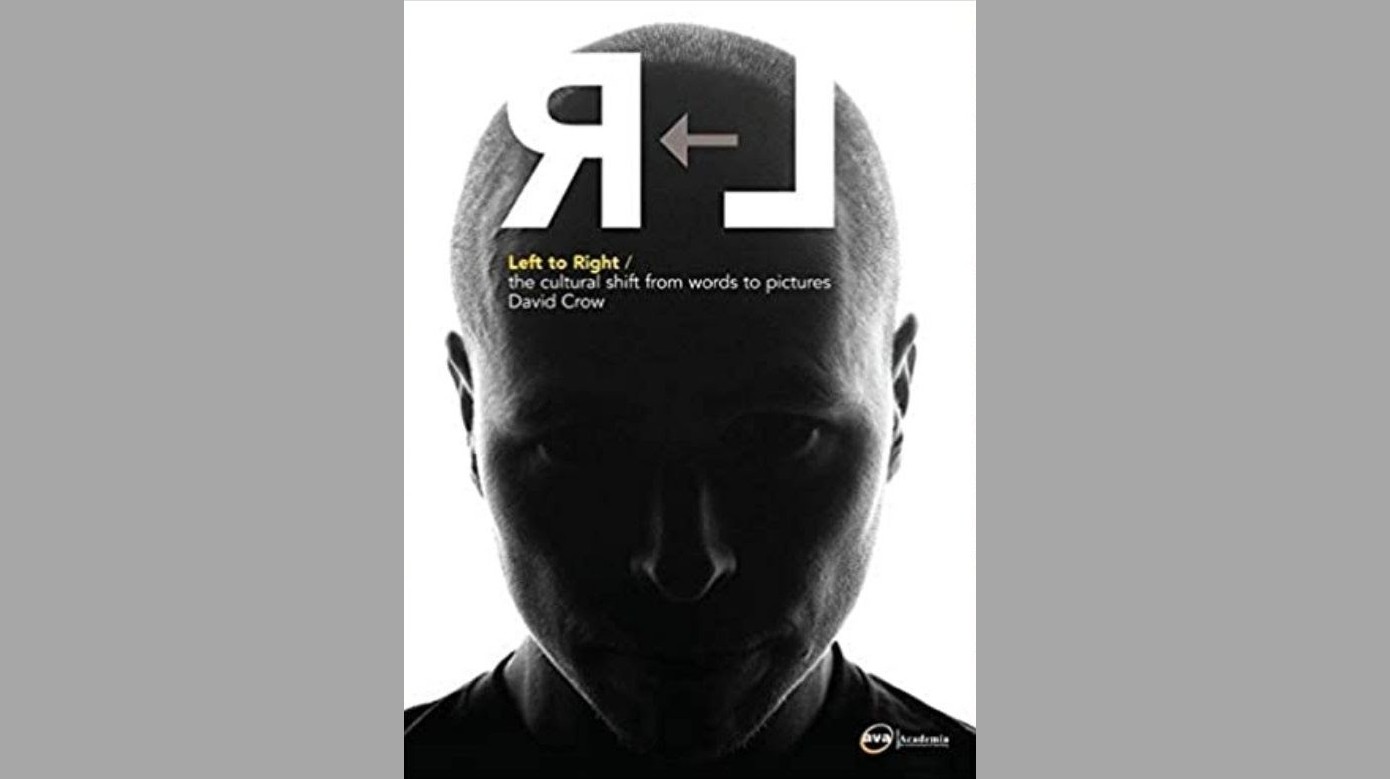
Visual communication rests on the ability of semiotics, a concept that David Crow examines in expert detail in this seminal book. Dealing with the principles of written communication and its relationship to imagery, and rounded off with an examination of audition understanding, this is a valuable assessment of academic all the same essential design theory.
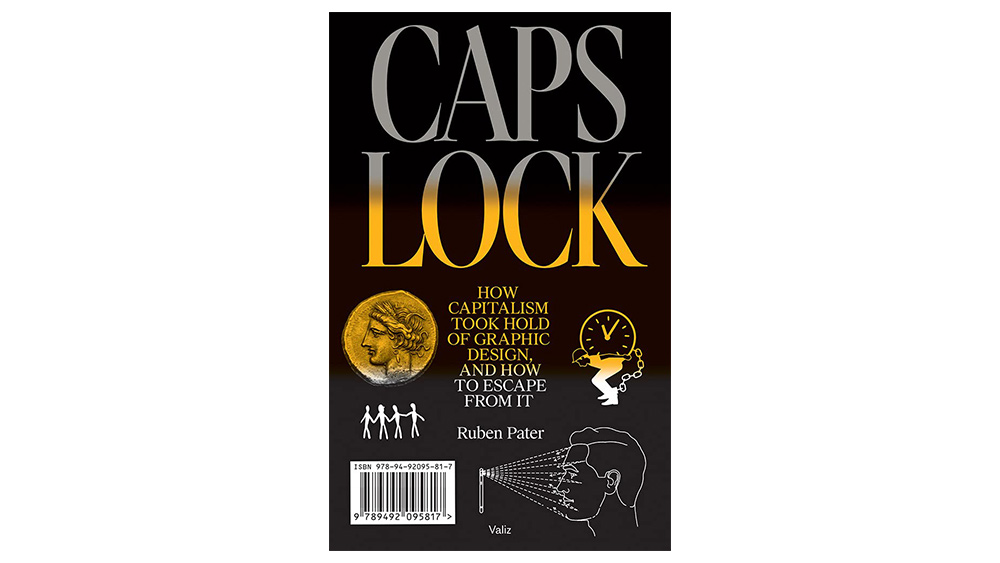
Capitalism couldn't exist without graphic design, Ruben Pater argues in this intriguing history of the trade. The graphic designer and journalist looks at how labour, branding, marketing, and social media have transformed the blueprint industry, focusing on how invisible systems influence design. In a world in which even rebellion and anti-consumerist strategies are appropriated to serve economical growth, it's an illuminating read. Pater uses clear language and examples to show the links between graphic pattern and capitalism, and he has some suggestions about what can be done about information technology.
Designer monographs
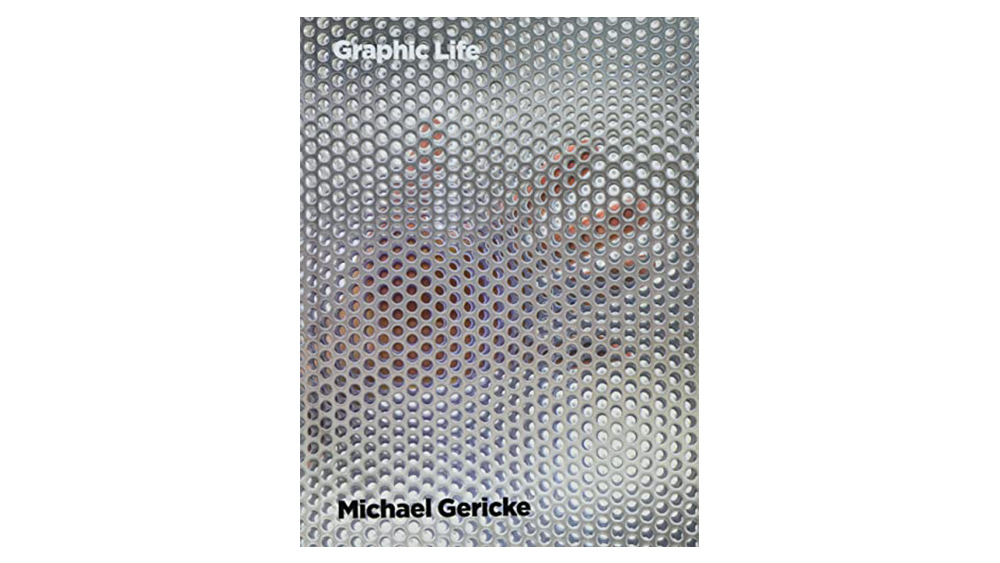
Monographs tin can exist disappointing. While you hope for a recontextualisation of the writer's work, often what you get is more of a elevated portfolio. However, Pentagram partner Michael Gericke's Graphic Life is a refreshing exception. Pentagram'southward second longest-service partner's 519-page monograph is filled with huge photography, offering an nigh architectural feel, simply he also reveals the threads that cannoect the places, stories, and symbols in his work.
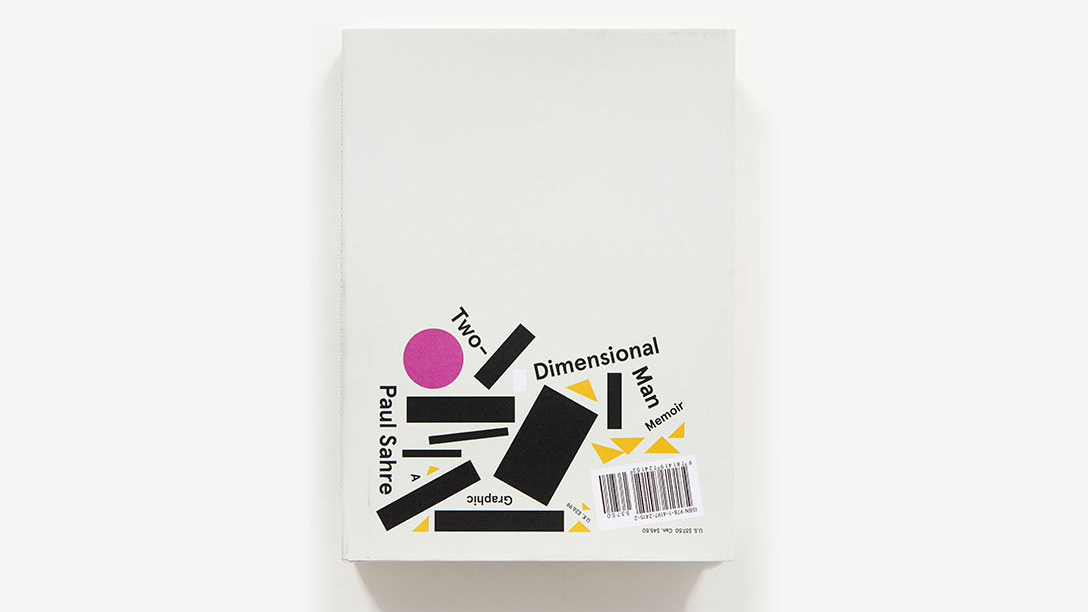
Paul Sahre is one of the nigh influential graphic designers of his generation, and he lectures about graphic design all over the world. His volume, Two-Dimensional Human, is part monograph, role autobiography, part art volume and part reflection on creativity. Combining personal essays that talk over the realities of his thirty-twelvemonth career, he proves that throughout highs and lows, humour can be a saving grace. Two-Dimensional Humanportrays the designer's life as one of constant questioning, inventing, failing, dreaming, and ultimately making.
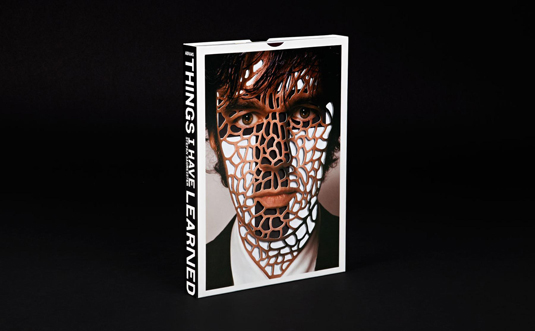
Austria-born, New York-based designer Stefan Sagmeister is 1 of the creative world's best-known and influential figures. His monograph, commencement published in 2008, revolves effectually 21 thought-provoking phrases, transformed into typographic works for various clients effectually the world and has been since updated. Noted designer Steven Heller, art critic and curator Nancy Spector and psychologist and Happiness: The Science Behind Your Smile writer Daniel Nettle contribute essays to the book. His second text, Made You Await, spans xx years of his graphic design in depth. The ii complement each other perfectly.
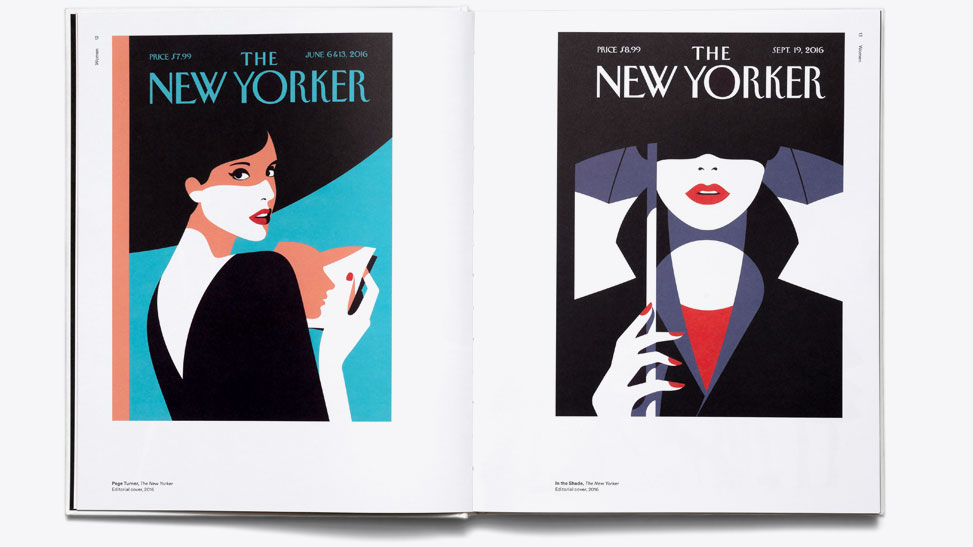
French illustrator Malika Favre is very much a graphic designer'due south illustrator. In her own words, her work is underpinned past "grids and geometric structures every bit a courage for each composition". So this is a great book for illustrators, but also one of the best graphic design books.
This big-format volume showcases work from across her career. Divided into some of her most often-used themes, such as women, it features some stunning New Yorker covers and erotica, including her Kama Sutra-based alphabet.
Ideas and inspiration
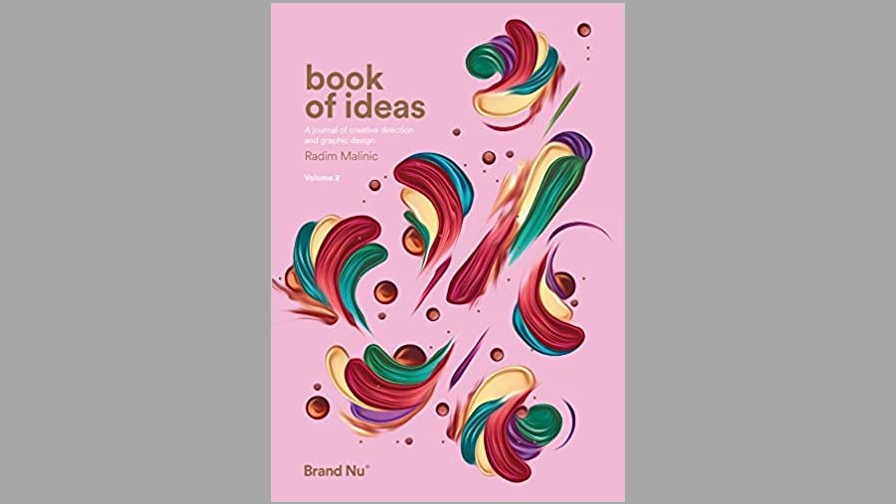
The second volume of graphic designer Radim Malinic'due south inspirational journal Book of Ideas is packed with advice on how to make it in the fast-paced artistic industries. The designer, who works under the proper name Brand Nu, shares his musings on creativity and working in pattern, along with his key career learnings. You tin can read our full review here.
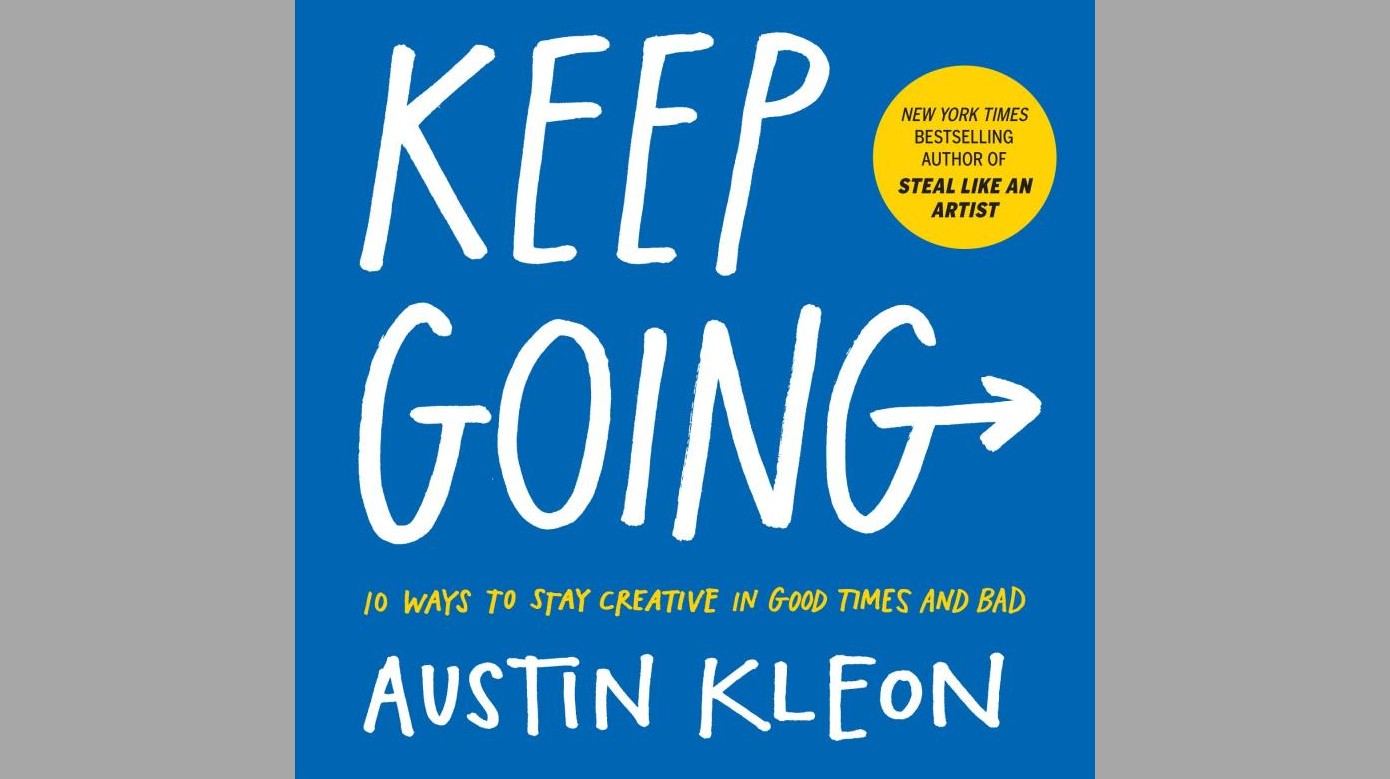
Want a volume you can dip in and out of, every fourth dimension you lot need a jolt of inspiration? This curt and sweetness book is a great option-me-up if yous're stuck in a artistic oestrus. It contains practical advice for feeding your creativity, and offers a style to look at your situation or creative problem in a different lite. With fun diagrams and drawings besides, this is a lighthearted yet considerate look at how to be creative.
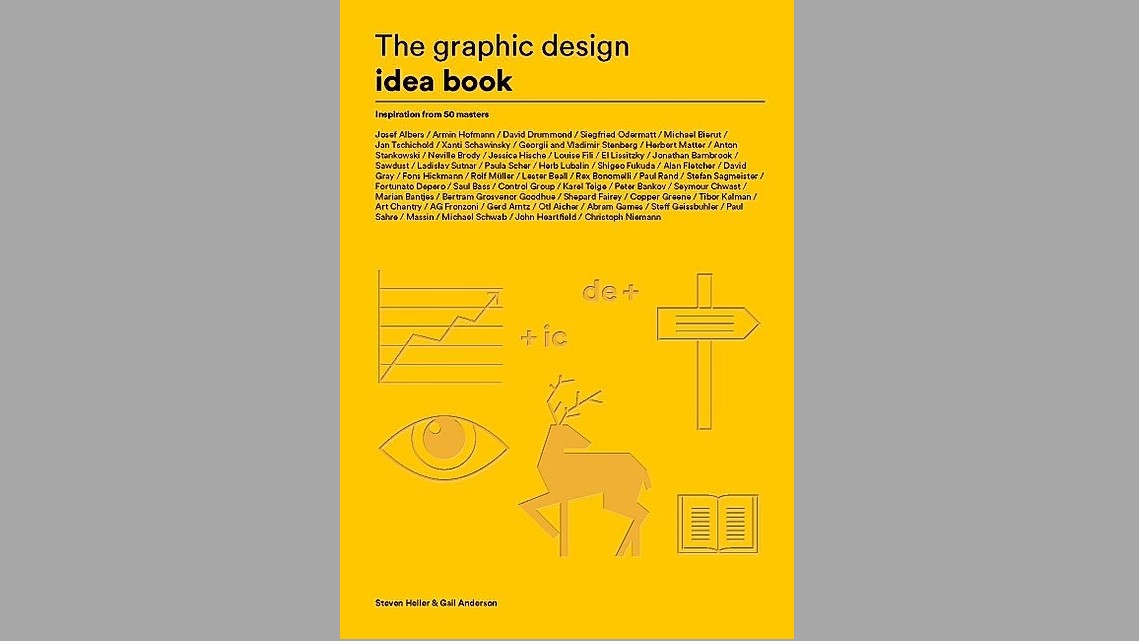
Featuring work by acclaimed designers such every bit Paul Brand, Neville Brody and Stefan Sagmeister, this book covers all the key elements of great blueprint. Authors Steven Hiller and Gail Anderson strop in on professional techniques and provide a refresher on colour, narrative, illusion, sense of humor, simplicity, ornaments and more, in a way that's instantly accessible and piece of cake to understand.
- Back to acme
Related articles:
- Best complimentary fonts for designers
- Has branding become tedious?
- The best drawing books
0 Response to "Old Fashioned Typography Drawing How to Book"
Post a Comment